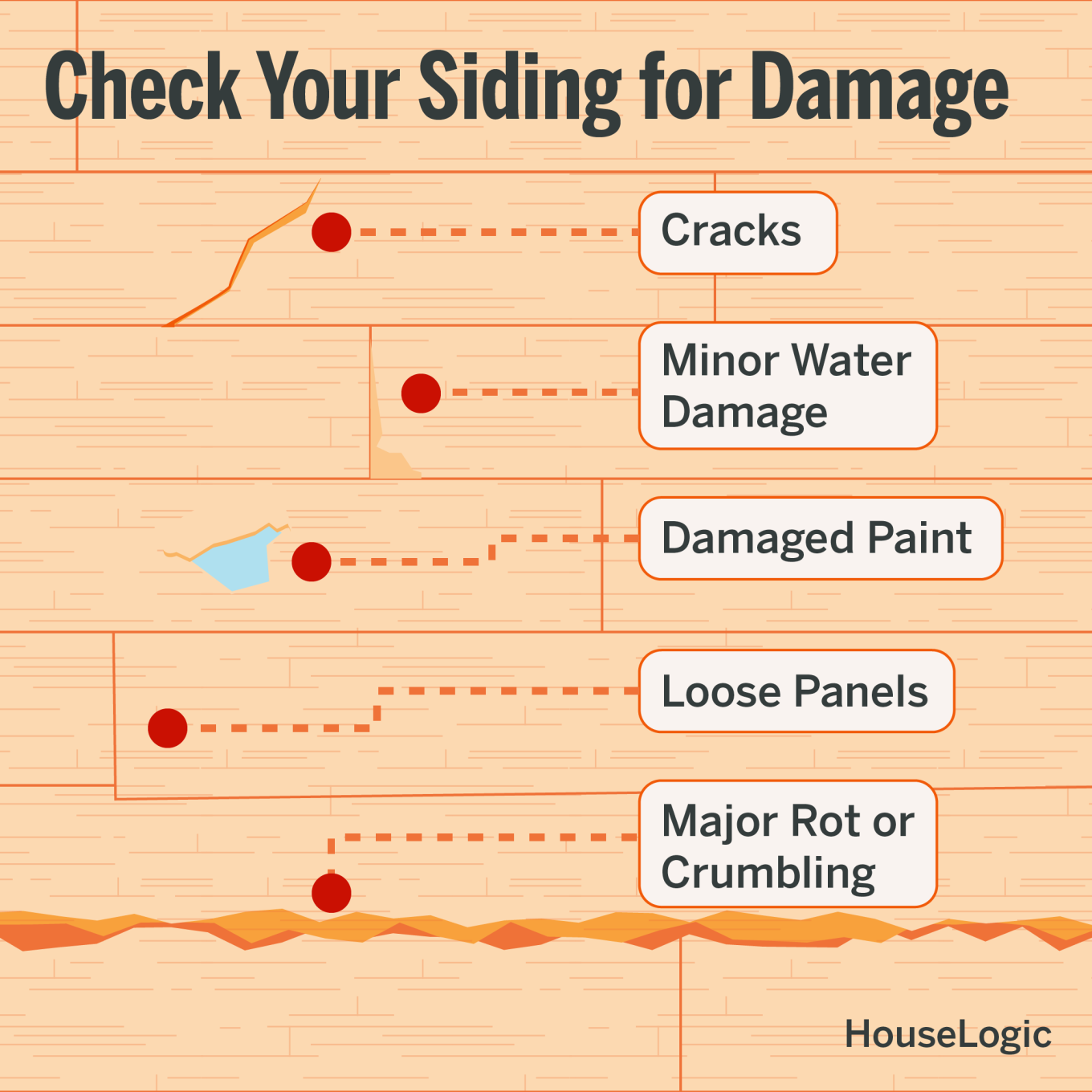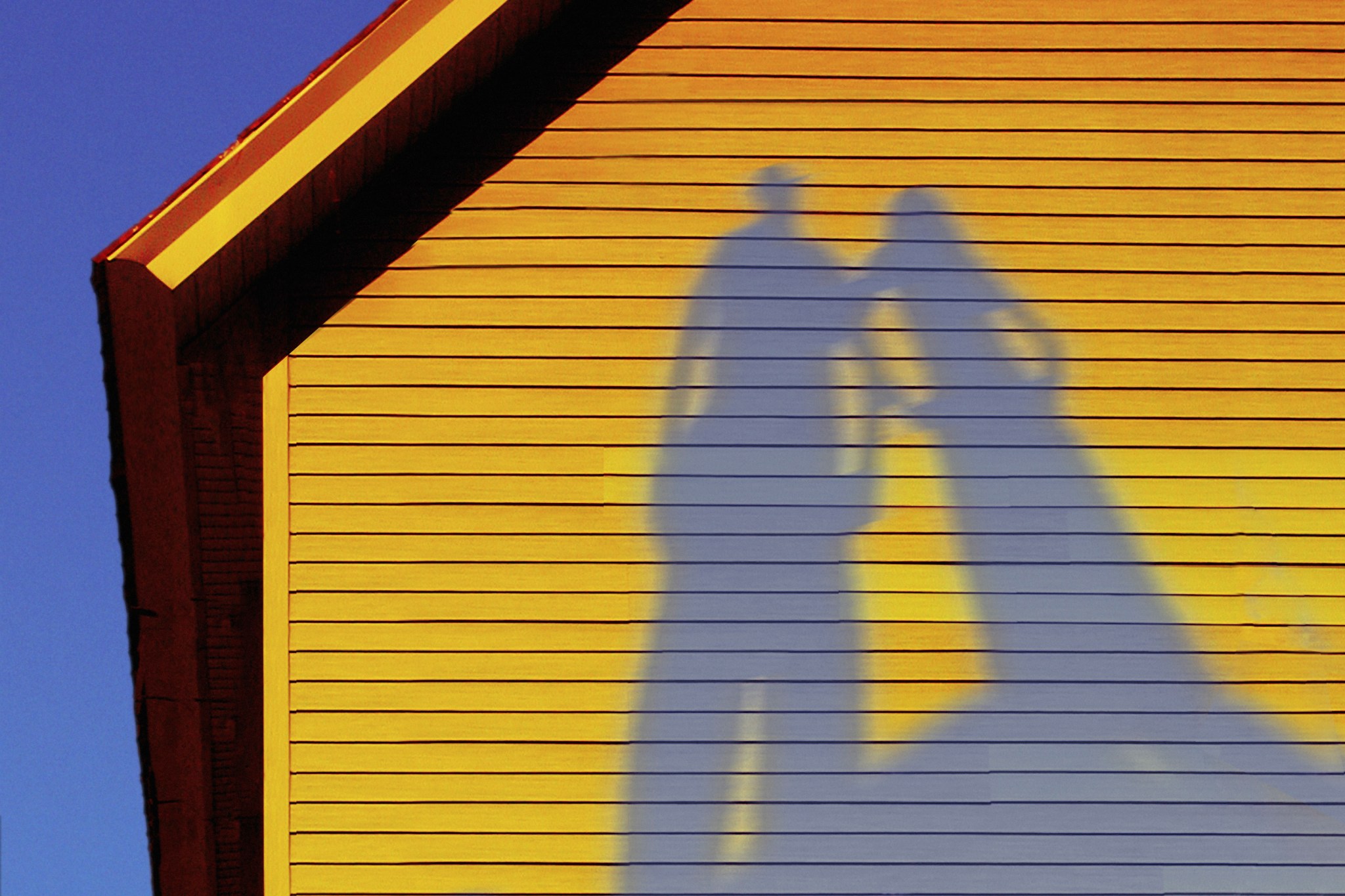With a bit of preventive maintenance, your home's siding could be trouble-free for decades. That means you won't have to worry about replacing it often.
Cleaning vinyl siding removes the dirt and mildew that shorten the life of the siding. A clean home exterior protects your investment in your home, too. Most REALTORS®, members of the National Association of REALTORS® suggest improving curb appeal before listing a property for sale. Plus, washing the grunge off a house and cleaning it up is good for curb appeal and can be a helpful value add. Read on to learn about some options for cleaning your siding, and how to know when a cleaning alone won’t cut it.
Related: How Maintenance Also Adds to Your Home’s Value
Cleaning Siding: Pro vs. DIY Costs and Timelines
Trying to decide whether to hire a professional or DIY to get sparkling clean siding? Here's a summary of costs and project time estimates, plus a rundown on the process.
DIY the Clean
You can rent a power washer to do the job yourself for about $40 to $100 per day, according to “Consumer Reports,” but beware if you don't have experience with the tool. Power washers can strip paint, gouge softwoods, loosen caulk, and eat through mortar. Also, the tool can force water under horizontal lap joints, causing moisture to accumulate behind the siding.
If you DIY the job with a power washer, take the time to understand all the instructions and handle the equipment with care. Otherwise, you risk damaging the property or getting hurt. The Centers for Disease Control and Prevention cautions that pressure washers, which are like power washers except for the water temperature, carry risks of injury and electric shock. If you decide to tackle the project with old-fashioned elbow grease using a bucket and a brush, you might save money and reduce risk, but the task will likely take much longer.
If you do decide to clean with a brush and bucket, here’s a quick outline of the process:
- Start with a bucket of warm, soapy water. Mix one-half cup of trisodium phosphate (available at grocery stores, hardware stores, and home improvement centers) with one gallon of water.
- Divide your siding into 10-foot sections. Scrub each section using a soft-bristled brush attached to a long handle. Work from bottom to top to avoid streaking and rinse often. (For two-story homes, you'll be using a ladder, so keep safety foremost.)
Related: Care and Maintenance of Your Deck
Hire a Professional
If you don't have the time or desire to clean your vinyl siding yourself, you could bring in the pros. A professional team could cost between $275 and $500. Costs will vary depending on your location, the square footage of the home, and the siding material. A professional team will use a power washer and take less than a day.
A siding professional also has the expertise to prevent water penetration at joints, seams around windows and doors, and electrical fixtures. So, while hiring a pro may cost you more upfront, in the long run it could save what you might have spent to repair accidental damage.
Is Cleaning Enough, or Should You Replace the Siding?
You might be trying to decide whether it's time to completely replace your house siding instead of investing time and effort in cleaning it. Cleaning it could save you time and money, while still giving your home a boost. You could also repaint your siding, as long as it isn’t vinyl. However, some situations may call for more than cleaning or painting. If replacement is a must, the good news is there's often a high cost recovery associated with new siding installation.
If you're on the fence between cleaning or replacing, here are a few key considerations:
Is the Siding Damaged?
Signs of slight wear and tear are normal between cleanings, since most sidings, like vinyl, are meant to withstand weather and various elements. Usually, you can repair minor damage by the panel or square foot. If your home’s exterior shows extensive, clear signs of damage beyond repair, it ‘s likely time to replace the siding. If you need to figure out how extreme the damage is, consult a professional. Below you'll find a review of what to look for when inspecting for signs of damage depending on the material and cost estimates for repairs.
Related: 10 Steps to the Perfect Exterior Paint Job
Is the Siding Durable?
Each type of siding has a different lifespan. So, before cleaning or replacing it, you'll want to know when it was installed. While regular maintenance can usually preserve and possibly extend the life of your siding, you can generally anticipate needing to replace it every 20 to 50 years. And some types of siding may last even longer. Vinyl siding, for example, has fade-resistant finishes and warranties, and may offer an ROI. However, it has disadvantages: vulnerability to denting and weather damage, like color fading in the sun or cracking in extreme cold, and difficulty in replacing individual panels. Before you decide, you may want to consider the advantages, disadvantages, and costs of siding replacement.
Is Siding Replacement Expensive?
Cost may be an important factor when deciding whether to clean or replace your house siding. Most types of siding last a long time without needing replacement. If your budget is tight and there's no excessive damage, you may be able to squeeze a few extra years out of your home siding with regular, thorough cleanings. If the home siding is already close to aging out or has extensive damage, it may be time for a replacement.
Review this reference chart to help determine cost and replacement timelines:
| Siding Material | Replacement Lifespan | Cost to Replace (per Square Foot)* |
| Brick | Up to 100 years | $14.02 to $23.37 |
| Fiber Cement | Up to 100 years | $8.17 to $14.07 |
| Stucco | Up to 80 years | $9.98 to $16.84 |
| Vinyl | Up to 40 years | $6.58 to $11.94 |
| Wood | 20-40 years | $9.69 to $15.67 |
Inspecting Siding for Damage

All siding is vulnerable to water infiltration where it butts against windows, doors, and corner moldings.
Here are a few telltale signs to look for:
All siding: Caulk that has cracked because of age or pulled away from adjacent surfaces, leaving gaps
Wood: Wood siding that has wood siding chipped or peeling paint and cracked boards and trim
Stucco: Cracks and chips
Brick: Crumbling mortar joints
Vinyl: Fading, discolored, or loose panels
If you spot any of the above signs, it may be time for some repairs.
Repairing House Siding
It's a best practice to repair any defects before you clean the siding to avoid exacerbating issues. The sooner you make repairs, the better you protect your house from moisture infiltration that can lead to dry rot and mold forming inside your walls.
To repair general damage, reapply a color-matched exterior caulk during dry days with temperatures over 65 degrees for maximum adhesion.
For each siding type, follow material-specific repair practices:
Wood, Fiber-Cement, and Vinyl Siding Repair
Repairs to wood, vinyl, and fiber-cement siding require the expertise to remove the damaged siding while leaving the surrounding siding intact. Unless you have the skills, hire a professional carpenter or siding contractor. Expect to pay $1.5 to $7 per square foot to repair damaged vinyl or fiber cement siding panels, and $6 to $30 per square foot for wood siding.
Brick and Mortar Siding Repair
Crumbling and loose mortar should be removed with a cold chisel and repaired with fresh mortar -- a process called repointing. An experienced DIYer can repoint mortar joints between bricks, but the process is time-consuming. Depending on the size of the mortar joints (thinner joints are more difficult) and height of the wall, a masonry professional will repoint brick siding for $3 to $4 per square foot.
Efflorescence -- the powdery white residue that sometimes appears on brick and stone surfaces – results when moisture causes soluble salts in the masonry or grout to leach out. This problem may indicate that the masonry and grout weren’t sealed correctly.
Remove efflorescence by scrubbing the siding with water and white vinegar mixed in a 50/50 solution and a stiff bristle brush. As soon as the surface is clear and dry, seal it with a quality masonry sealer to prevent further leaching.
Persistent efflorescence may indicate a moisture problem behind the masonry. Consult a professional building or masonry contractor.
Stucco Siding Repair
Seal cracks and small holes with color-matched exterior acrylic caulk. Try pressing sand into the surface of wet caulk to match the texture of the surrounding stucco. Paint the repair to match.
To repair larger holes and cracks, you may want to call in a pro who's familiar with stucco work. A professional charges $8 to $50 per square foot for a repair job. Repainting the patch to match your siding will be up to you.
Ideally, maintaining your siding should minimize the need for repairs.
Removing Mildew from House Siding
Stubborn, black spotty stains are probably mildew. To remove it, scrub the area with detergent and water, and allow it to dry completely. The EPA doesn’t recommend using bleach to remove mold, except in extreme circumstances. If an immunocompromised person risks being exposed to the mold, for example, you may want to use bleach. Keeping your siding clean and preventing moisture accumulation could help keep your siding mold-free.
Keep Your Siding Clean
While ongoing maintenance for house siding might be just another to-do list item, it could make your home the star of your neighborhood and help you enjoy your home more. So, if you're not ready to paint or install brand new siding, a clean, fresh look could be the next best thing.
Related: See Some Wacky Home Exteriors
*Sources for Siding Material Cost:
https://www.homewyse.com/services/cost_to_install_brick_veneer_siding.html
https://www.homewyse.com/services/cost_to_install_brick_veneer_siding.html
https://www.homewyse.com/services/cost_to_install_stucco.html
https://www.homewyse.com/services/cost_to_install_vinyl_siding.html
https://www.homewyse.com/services/cost_to_install_wood_siding.html
